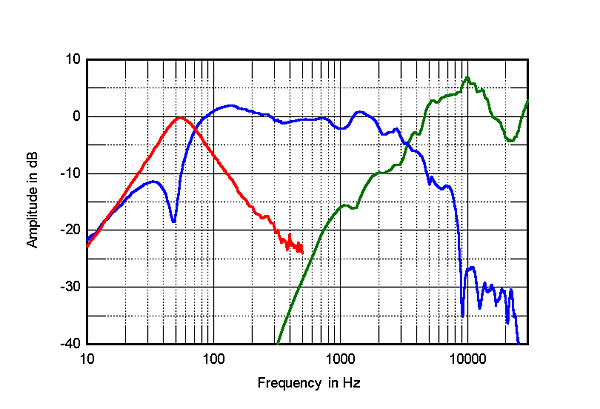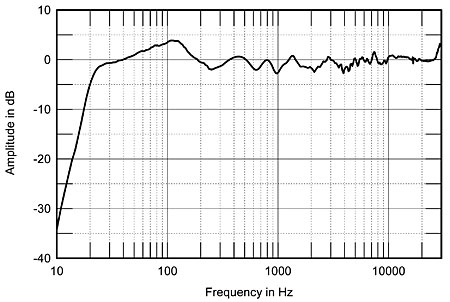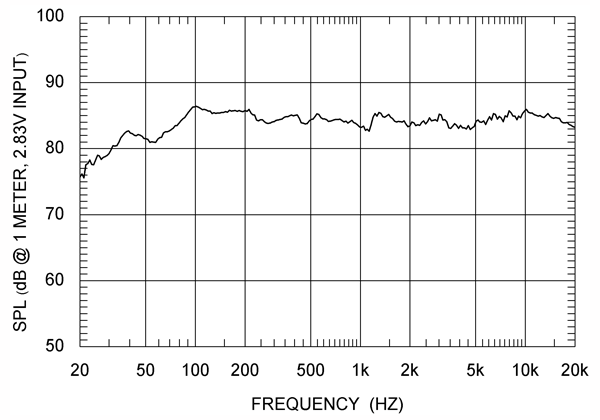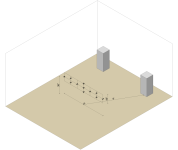I was looking at different specifacation on certain speakers
minimum frequency response:
B and W 805d3. 42 htz
Kef reference 1 45htz
and the Kef reference model 2 floor standers (from the 90s) 43htz ?
So can the 805d3 produce a 42 htz tone with its 1 165mm driver that the kef model 2 can not with its 2 X 160mm drivers?
how would you describe all three speakers? If you compare them to each other?
minimum frequency response:
B and W 805d3. 42 htz
Kef reference 1 45htz
and the Kef reference model 2 floor standers (from the 90s) 43htz ?
So can the 805d3 produce a 42 htz tone with its 1 165mm driver that the kef model 2 can not with its 2 X 160mm drivers?
how would you describe all three speakers? If you compare them to each other?
Last edited by a moderator:







